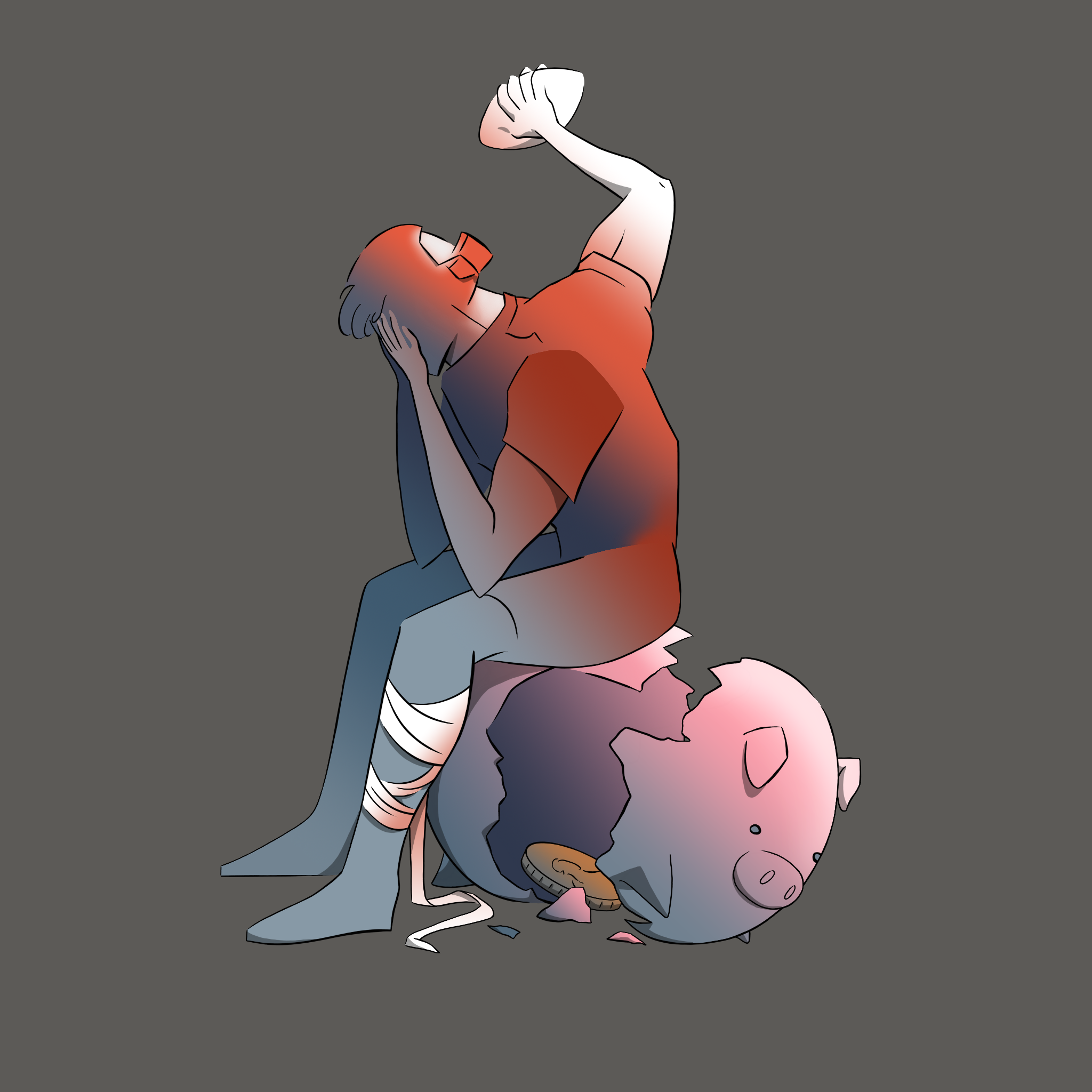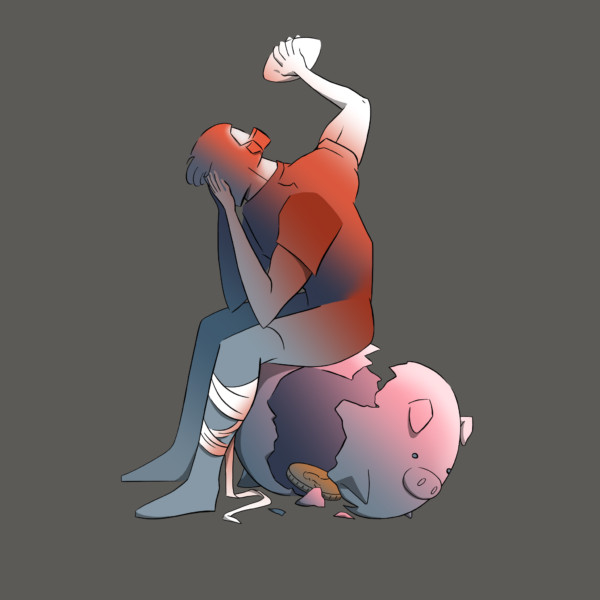

In the Supreme Court’s unanimous decision National Collegiate Athletic Association v. Alston on June 21, the court ruled that some NCAA rules regarding compensation for student athletes were an antitrust law violation, but allowed the NCAA ban on athlete salaries to stand.
As a student who participated in athletics throughout childhood, I understand firsthand that the time commitment required for sports is enormous. From missing classes and tests to sacrificing health, student-athletes undergo a lot. College athletics, which is on a whole other playing field than grade school sports, also force students to spend hours in their sport. However, while coaches get paid for their hard work and effort, athletes aren’t compensated for their continuous “work” in daily practices and games.
A deeper look into college sports reveals a dark side, especially among football players: 34% have suffered a concussion and 30% have been treated for two or more, according to Forbes. Suddenly, the allure of gridiron glamour loses its luster. On average, there are 12,500 injuries every year in college sports.
In addition, tournament schedules force athletes to miss classes. At some schools, basketball players miss a quarter of all spring semester classes to participate in tournaments.
Being a college athlete is tantamount to a full-time job and often requires students to prioritize sports over academics and health. A 2015 Pacific-12 Conference study found that 80% of players said they missed at least one class because of football in the preceding year and 54% said they did not have enough time to study for critical exams. At Rutgers University, coaches routinely interfered with academic programs and pulled athletes out of classes. According to CBS News, a typical player spends 40 to 50 hours a week on football-related activities, virtually year-around.
Due to the unhealthy obsession of sports during college as some athletes sacrifice their health for sports, many student-athletes cannot afford the luxury of having time to study. Consequently, athletes remain unable to receive high grades.
Greedy sports programs impose another painful misery. Most students — 70% — amass significant debt during college. Many non-athletes attempt to minimize their loans by taking side jobs — an option not available to athletes because of their rigorous schedules. The result: student-athletes accumulate debt at a faster pace.
“The athletic department offered no guidance on loans”
In a June 2020 survey of 4,889 NCAA student-athletes, around 59% of them incurred debt after graduation with one-third of athletes leaving with over $40,000 in debt. With the Supreme Court’s decision, athletes have already started to sign endorsement deals as the NCAA’s new rules and state laws go into effect.
Jacksonville University fullback Robert DiMarco took out over $22,000 in student loans before graduating in May 2013. DiMarco explained that the athletic department offered no guidance on loans and financial issues, forcing athletes to take out more money than needed.
PBS estimates the cost of injuries to college athletes at $446 million to $1.5 billion per year. Worse, many players reject treatment, often because of the expense involved, and return to practice. Athletes should be compensated for the myriad of hardships they endure in devotion to their sports.
Critics of this approach contend that players are already compensated in the form of scholarships and game revenue. However, these are seldom sufficient to meet their needs. The vast sums of money trading hands because of college sports does not filter down to the players. According to Forbes, most sports revenue stays “in the hands of a few select administrators, athletic directors, and coaches.”
Further, while athletics scholarships total to $2.6 billion yearly, only 2% of high school athletes are awarded some form of scholarship to compete in college.
NCAA v. Alston is the first step toward providing just treatment for college athletes. However, as rising costs of being a student-athlete surpass their scholarship compensation, the NCAA must look toward salaries for student-athletes in order for them to pay off debt, afford college life and recuperate from sport-attained injuries.



